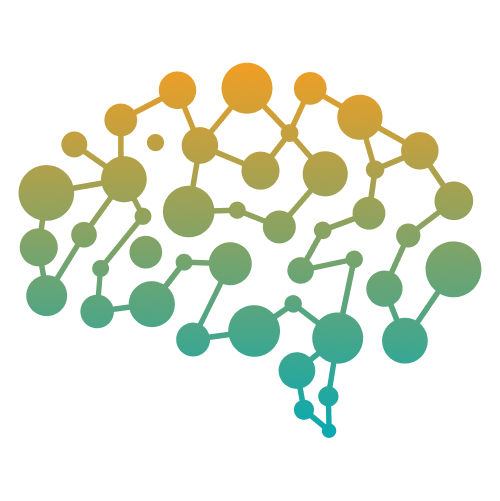In an era where technological advancements are reshaping industries, the integration of artificial intelligence (AI) into health and safety solutions is a groundbreaking development. As we prioritize the well-being of individuals, AI emerges as a powerful tool in enhancing life safety measures. This blog explores the transformative impact of AI on health and safety solutions, with a focus on life safety keywords that underscore the significance of these innovations.
- Proactive Risk Assessment: AI-driven health and safety solutions go beyond traditional methods by offering proactive risk assessment capabilities. Powered by sophisticated algorithms, these systems can analyze vast amounts of data in real-time to identify potential hazards before they escalate. By prioritizing life safety keywords such as “prevention” and “early detection,” AI ensures a swift and proactive response to potential threats.
- Smart Emergency Response Systems: The integration of AI into emergency response systems revolutionizes how organizations address critical situations. Life safety is significantly enhanced through AI’s ability to streamline and optimize emergency response protocols. Keywords like “rapid response” and “efficiency” underscore the quick and effective nature of AI-powered emergency solutions, ensuring that lives are safeguarded during crises.
- Predictive Maintenance for Safety Equipment: Ensuring the reliability of safety equipment is crucial for life safety. AI facilitates predictive maintenance, utilizing data analytics to forecast when safety equipment may require attention. This approach, emphasizing “equipment reliability” and “proactive maintenance,” minimizes the risk of equipment failure during critical moments, thereby enhancing overall safety.
- Behavioral Monitoring for Health and Safety Compliance: AI-based systems can monitor and analyze human behavior in various environments to ensure compliance with health and safety protocols. By emphasizing “behavioral monitoring” and “compliance,” organizations can create a safer workplace, reducing the likelihood of accidents and promoting a culture of safety.
- Personalized Safety Training with AI: Tailoring safety training programs to individual needs is essential for effective learning. AI algorithms can analyze employee performance data to personalize training modules, focusing on areas where improvement is needed. Keywords such as “personalized training” and “continuous improvement” highlight the role of AI in fostering a culture of ongoing safety education.
- Remote Health Monitoring: In the age of remote work, AI plays a crucial role in monitoring the health and well-being of employees. Through wearable devices and health sensors, AI can track vital signs and detect anomalies, emphasizing “remote health monitoring” and “employee well-being” as key components of a comprehensive life safety strategy.
Conclusion: The marriage of AI and health and safety solutions marks a significant leap forward in prioritizing life safety in various environments. By embracing these innovations, organizations can create safer spaces, prevent accidents, and respond effectively to emergencies. As we continue to advance in the realm of AI-powered health and safety, the focus on life safety keywords becomes paramount in ensuring the well-being of individuals remains at the forefront of these transformative technologies.

